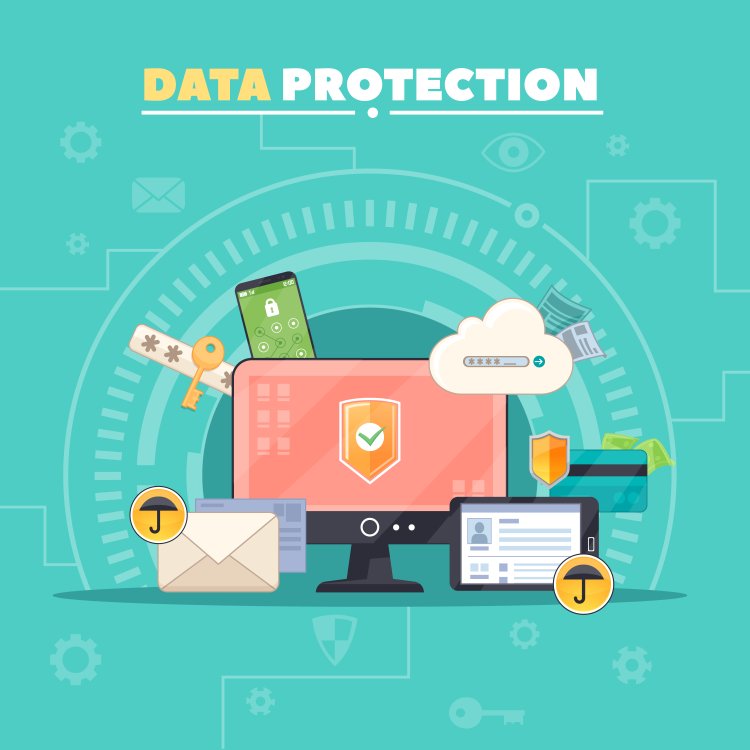Data Hygiene: Keeping Your Data Clean and Healthy
Share this Post to earn Money ( Upto ₹100 per 1000 Views )

Data hygiene refers to the practices and processes used to ensure that your data is accurate, complete, consistent, and up-to-date. It's like brushing your teeth for your data – it's an ongoing process that helps maintain its health and prevents bigger problems down the line.
Explore all the important strategies and Technology to increase sales.
Why is Data Hygiene Important?
Poor data quality can lead to a number of serious issues, including:
-
Inaccurate decision-making: If your data is inaccurate, the insights you derive from it will also be inaccurate, leading to poor business decisions.
-
Wasted resources: Cleaning up bad data can be time-consuming and expensive.
-
Reputational damage: Inaccurate or incomplete data can damage your brand's reputation, especially if it leads to errors in customer interactions.
-
Missed opportunities: Bad data can prevent you from identifying and capitalizing on important opportunities.
-
Compliance issues: Inaccurate data can lead to violations of data privacy regulations, such as GDPR.
Key Data Hygiene Practices
-
Data validation: Implementing checks to ensure that data meets specific criteria, such as format, range, and uniqueness.
-
Data deduplication: Identifying and removing duplicate records to ensure data accuracy and consistency.
-
Data cleansing: Correcting or removing inaccurate, incomplete, or irrelevant data.
-
Data enrichment: Adding missing data points to improve data completeness and accuracy.
-
Data standardization: Ensuring that data is formatted and structured consistently across different systems.
-
Regular data audits: Conducting periodic reviews of your data to identify and address any issues.
Tools and Technologies for Data Hygiene
A variety of tools and technologies can help you maintain good data hygiene, including:
-
Data quality software: Specialized tools that can automate many data hygiene tasks, such as data validation, deduplication, and cleansing.
-
Data integration platforms: Tools that can help you integrate data from multiple sources, ensuring consistency and accuracy.
-
Master data management (MDM) systems: Systems that provide a single source of truth for critical data elements, such as customer data.
By prioritizing data hygiene, you can ensure that your data is a valuable asset that supports your business goals.

 salestech
salestech 











